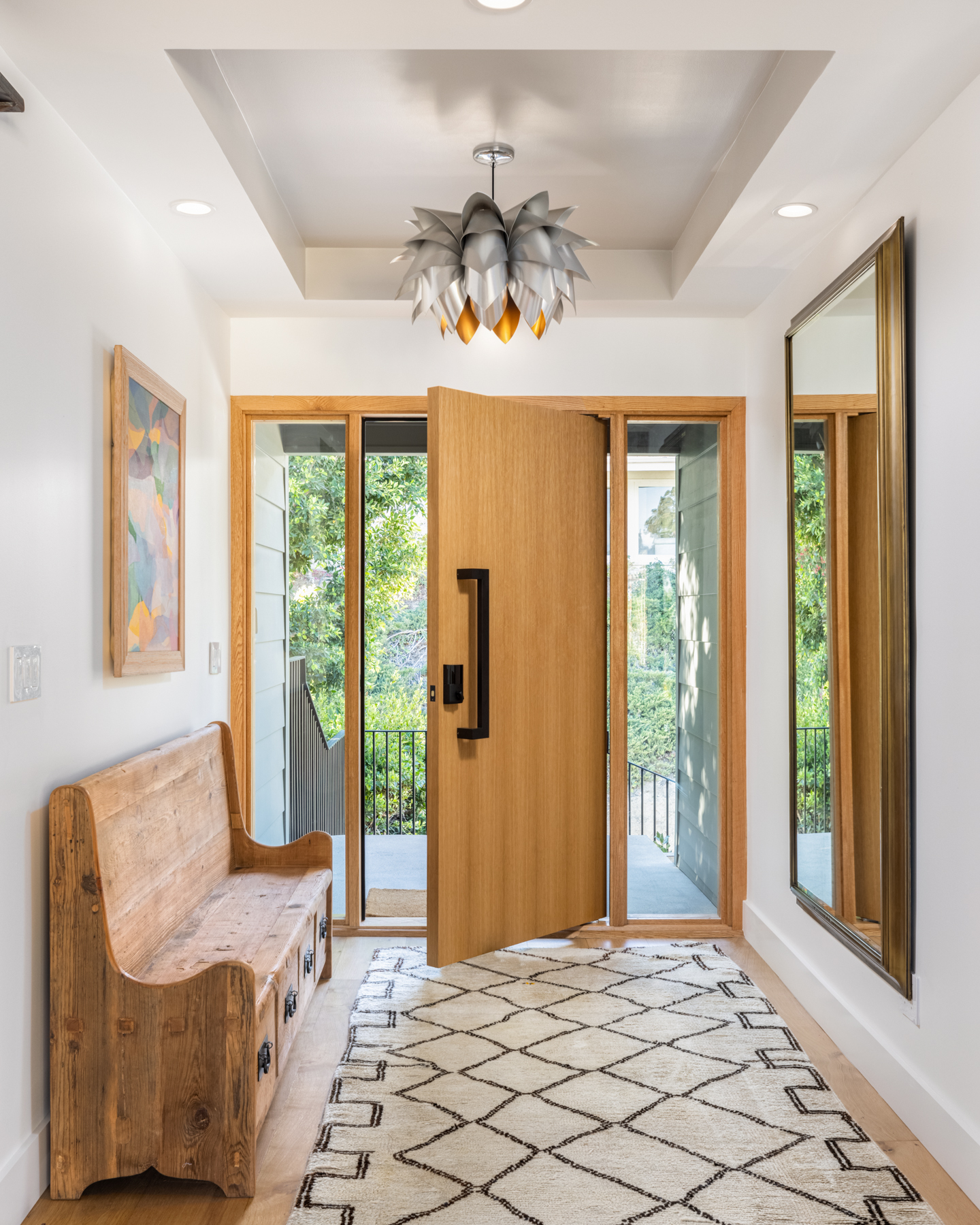What to Look Out for When Touring Homes
You have your wishlist of what you want in your investment properties. However, choosing a property isn’t as simple as finding one with a suitable number of bedrooms, a spacious kitchen, and mature landscaping. The right home is the one that feels right, and the only way to know that is to walk through it. This is the perfect opportunity to put your senses to work and take note of what you see, smell, hear, and feel.
Odors
Odors are the first detail you may notice — sometimes as soon as you open the door. Cigarette and pet smells often cling to the soft surfaces of walls and ceilings, especially if they have been in the house for a long time. Not only are these smells unpleasant, they can also be hard to eliminate. You may have to hire a professional cleaner or replace the drywall to remove the smell completely.
Slightly more serious are mold, mildew, and sewage odors. These can be hazardous to your health and may be evidence of a bigger problem within the home. Mold typically smells like old socks, and mildew has a musty odor. Odors outside the home can indicate a problem with the septic system. All of these can lead to costly repairs.
Walls and Floors
Look beyond the fresh coat of paint and new floors. They may be covering signs of water damage or foundation issues. If you see stains or bubbles on the walls or ceilings, touch the spots to find out if they are still wet. Even if the spots are now dry, they are likely left over from a water leak. You need to know if the problem has been addressed.
Water damage also can leave behind buckling baseboards and warped floors. Soft spots in the floor may be a sign of termite damage or poor construction, and both can present problems later. You may see cracks in the patio (and sometimes along walls). Hairline cracks often appear as the house settles, but wider cracks may be a sign of a foundation problem.
Storage Space
As you walk through each room, take note of how much storage space is available, including closets and cabinets. If you don’t have enough built-in storage space, you may need to bring in standalone storage units that quickly take up space in the rooms. Modern houses often have plenty of storage space, but you may need some alternative storage solutions for an older one.
You may love that storage shed, accessory dwelling unit, or converted garage, but find out if the homeowner got the necessary permits before building it. Otherwise, you may have to pay fines or even remove the addition if they never filed a permit and had the addition inspected. This can also apply to swimming pools and fences.
Layout
Walking through a home is a great way to experience the traffic flow in each room. You may see a great opportunity to open up the space by breaking down the wall between the kitchen and dining room, but that type of demolition work may not be as easy as you think it is. If the wall is a load-bearing wall, it may not be possible to finish the project.
Note the room sizes and locations. A split plan offers some privacy, but parents of young children may prefer having bedrooms closer together. If you plan to put the home on the short-term rental market, you need to furnish it. Think about the type of furniture you can fit in the existing rooms without making them feel cluttered or cavernous.
Noise
Find a quiet place during your tour and give yourself a few moments of silence. This gives you an opportunity to listen to the ambient noise inside the home. Do you hear cars speeding by? Is there a train in the distance? Can you hear the children playing in the neighbor’s backyard? If possible, come back to visit the neighborhood at different times of day, so you have a complete picture of the noise levels.
Pay attention to noises like rattling or scratching in the walls. These sounds can come from pests living in the home. Listen for dripping faucets and showerheads or running toilets in the kitchen and bathroom. Leaky faucets are often minor inconveniences that don’t require extensive repairs, and you may be able to ask the seller to take care of it before you purchase the home.
Effortless Second Home Ownership
Our OpenAiRE team is here to help you enjoy the benefits of effortless ownership. From staging and design to property management, discover how our team can help you build your real estate portfolio.

